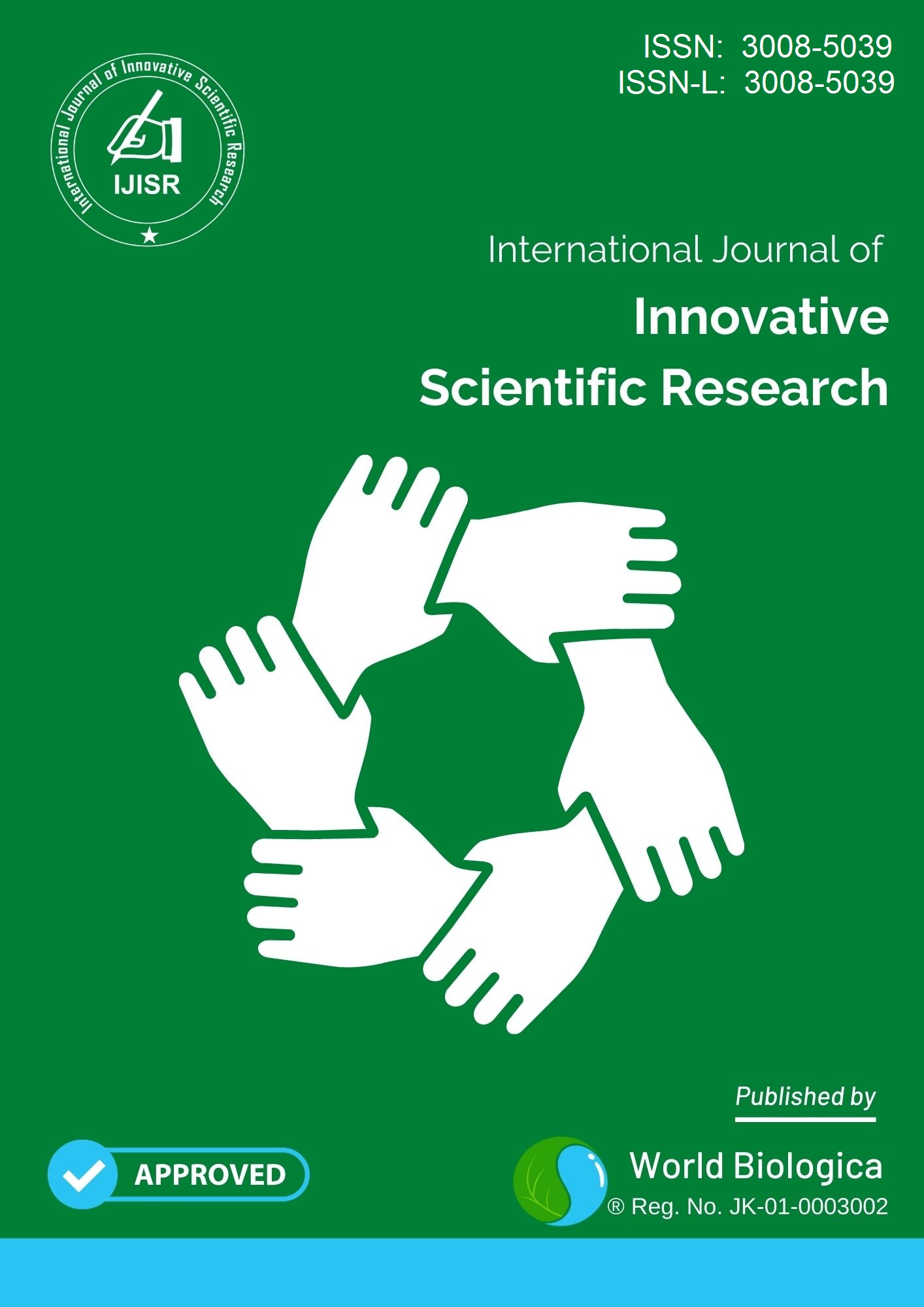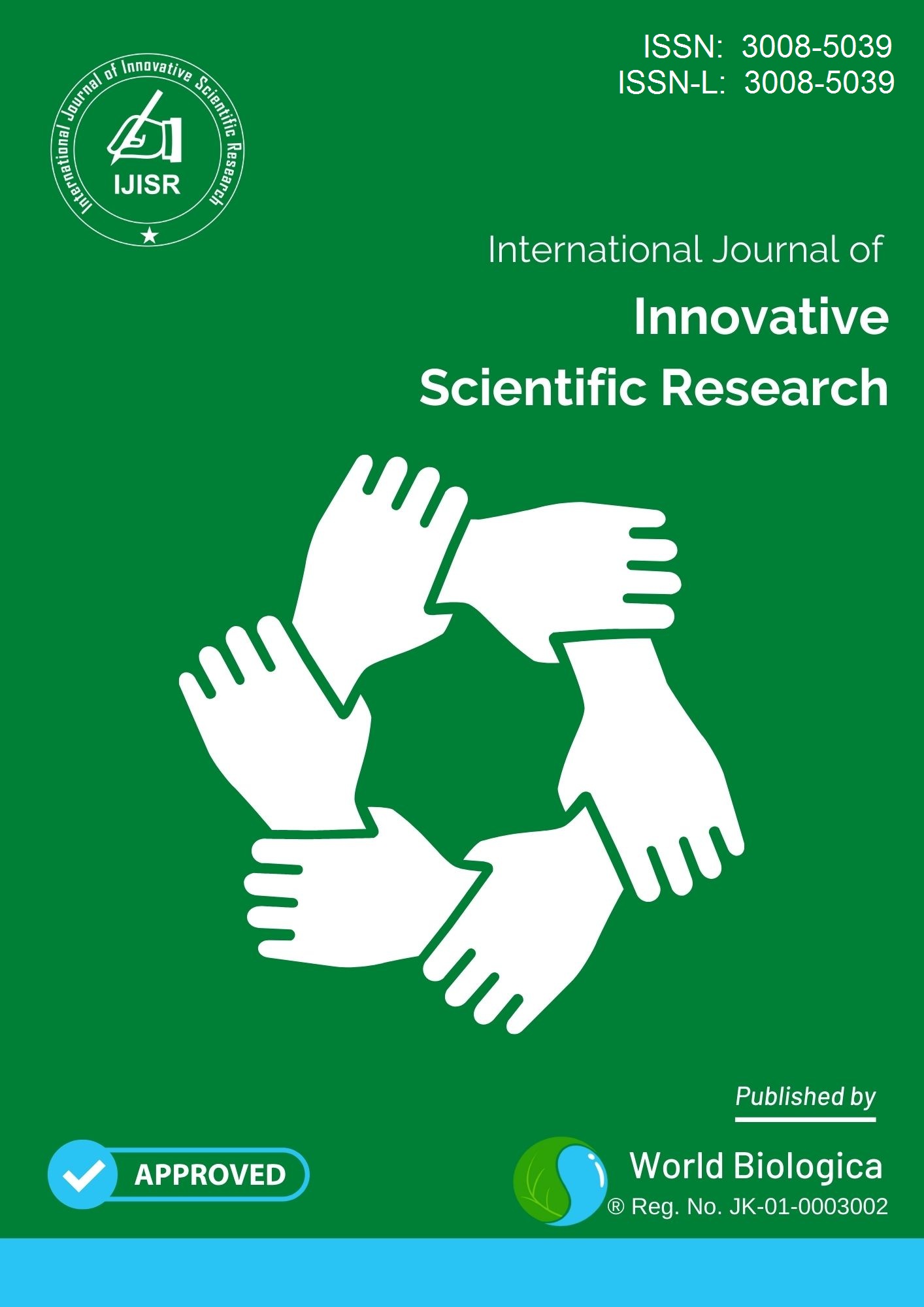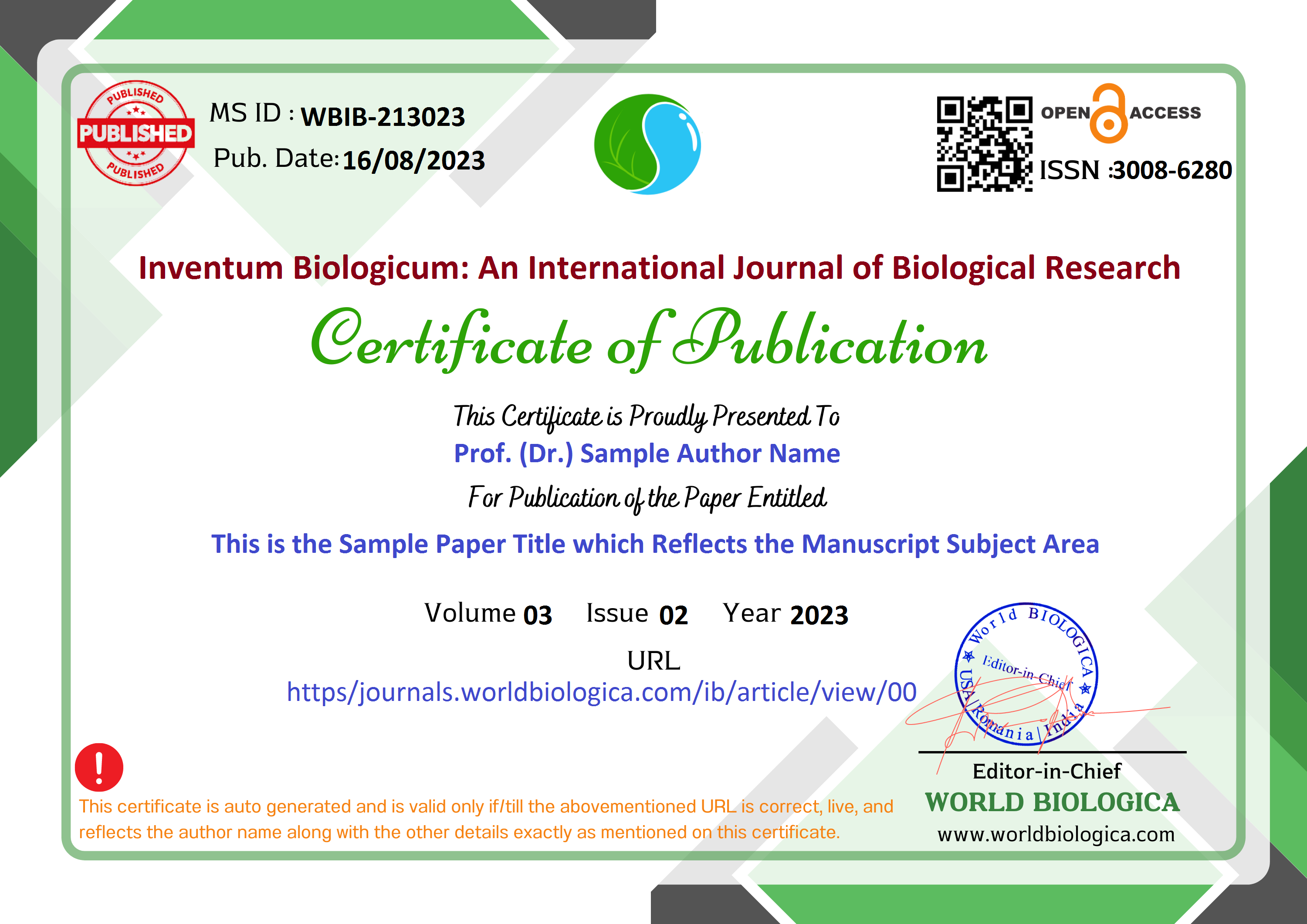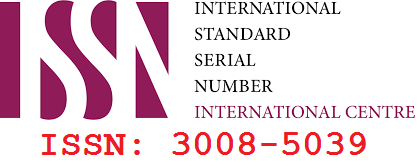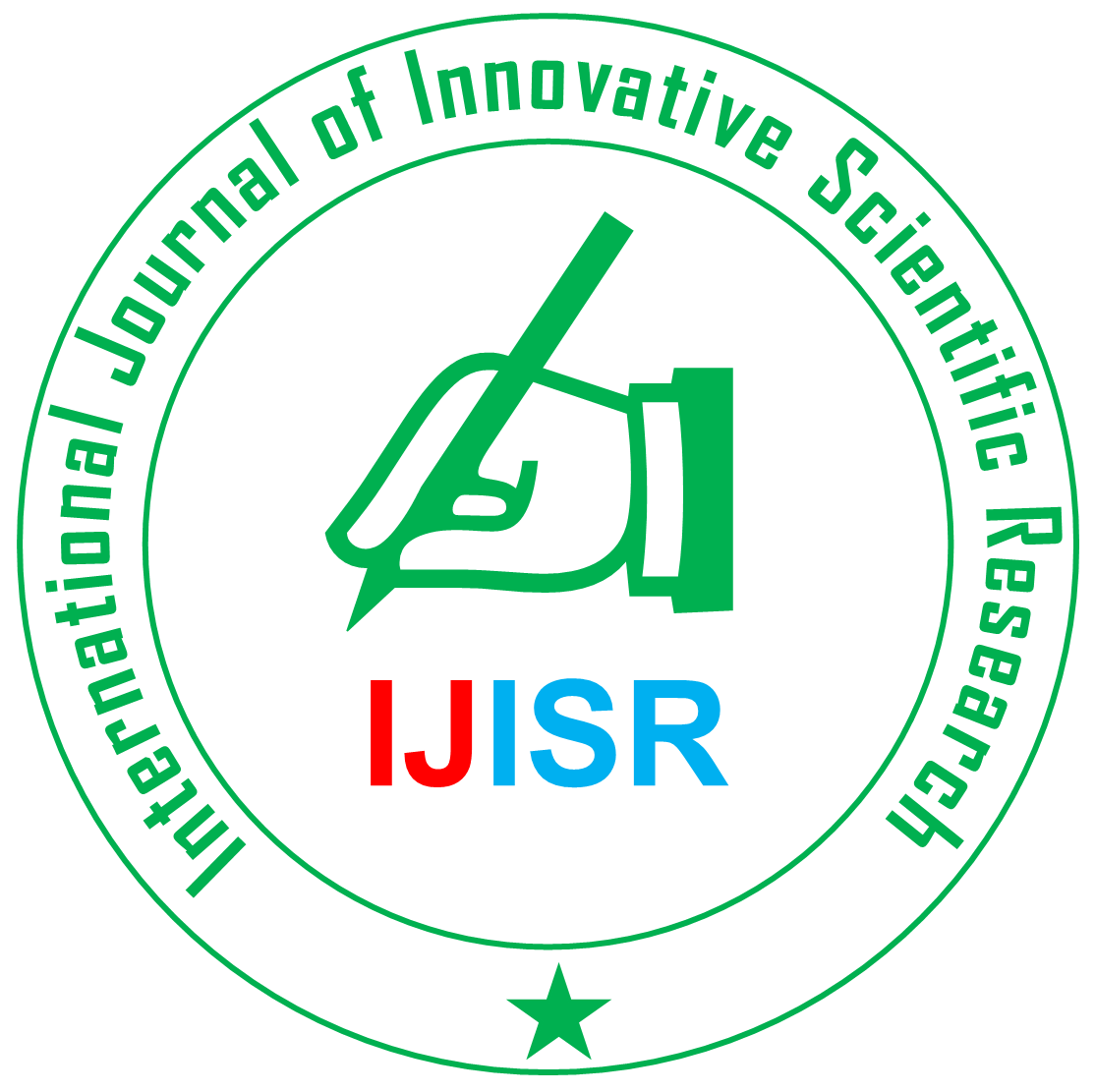Geo-Spatial Analysis of Landslides and Flood Hazards Driven by Climate Change and Quarrying in the Southern Western Ghats
Keywords:
Climate Change, Landslides, Flood Hazards, Quarrying, Western Ghats, Remote SensingAbstract
This study investigates the influence of climate change and quarrying activities on landslides and flood hazards in the southern region of the Western Ghats, utilizing remote sensing and GIS data for comprehensive geo-spatial analysis. The Western Ghats, a UNESCO World Heritage site, is characterized by its biodiversity and fragile ecosystems, making it highly vulnerable to natural hazards such as landslides and floods, which are exacerbated by both climatic factors and human activities. The study specifically focuses on the interaction between changing climate patterns, quarrying, and their collective impact on the region’s vulnerability to these hazards.
Remote sensing data, including satellite imagery from Landsat and MODIS, combined with GIS-based analytical tools, were employed to map the land use/land cover (LULC) changes, identify landslide and flood susceptibility zones, and assess the spatial distribution of quarrying operations. The study also included the application of hydrological models and rainfall intensity analysis to understand the relationship between extreme rainfall events and the occurrence of landslides and floods.
Results from the study indicate a significant correlation between quarrying activities and an increased frequency of landslides, particularly within 500 meters of quarry sites. Additionally, the findings reveal that the southern Western Ghats are experiencing higher flood risks due to intensified rainfall patterns linked to climate change, with the most vulnerable areas being those with reduced vegetation cover and increased human-induced land disturbances. The analysis further highlights a clear trend of vegetation loss and increased built-up areas over the past two decades, particularly around active quarries.
This study emphasizes the urgent need for integrated land-use management and policy interventions to mitigate the impacts of quarrying and climate change on the region’s natural hazards. The findings offer valuable insights for environmental conservation efforts, disaster risk management, and sustainable development strategies in the Western Ghats, advocating for the promotion of eco-friendly mining practices, stricter regulations on land use, and adaptive measures to combat climate-related hazards.
Downloads
References
Kanwar, N., Kuniyal, J.C. (2022). Vulnerability assessment of forest ecosystems focusing on climate change, hazards and anthropogenic pressures in the cold desert of Kinnaur district, northwestern Indian Himalaya. J Earth Syst Sci 131, 51. https://doi.org/10.1007/s12040-021-01775-z
Ali, N., Alam, A., Bhat,M.S. et al. (2021)Developing a Hazard Profile of The Kashmir Valley Through Historical Data Analysis For The Period 1900-2020, 16 December 2021, PREPRINT (Version 1) available at Research Square [https://doi.org/10.21203/rs.3.rs-1148421/v1]
Dey, M., Mazumder, M., Sarkar, A.K., Ghosh, S., Sarkar, D., Rahaman, R. (2020). Floristic composition and fodder availability in Patlakhawa Forest patches under Cooch Behar Forest Division, West Bengal, India. NeBIO 11(3): 220-233.
Das, B., Mandal, S., Sarkar, K., Mazumdar, I., Kundu, S. and Sarkar, A K. (2022) Contribution of Ethnic and Indigenous people in the Conservation of Plant Biodiversity in India. Adv. Biores. 13(3):209-229.
Pathak, D. (2016). Remote sensing and GIS application in landslide risk assessment and management. Nepalese Journal on Geoinformatics. 15. 52-57.
Rai, P.K., Kshitij Mohan, K., and Kumra V.K. (2014) Landslide Hazard and Its Mapping Using Remote Sensing and GIS. Journal of Scientific Research.58:1-13.
Adjei-Darko, P. (2017). Remote Sensing and Geographic Information Systems for Flood Risk Mapping and Near Real-time Flooding Extent Assessment in the Greater Accra Metropolitan Area.
Sholihah, Q., Kuncoro, W., Wahyuni, S., Suwandi, S.P. and Feditasari, E.D. (2020). The analysis of the causes of flood disasters and their impacts in the perspective of environmental law”, IOP Conf. Series: Earth and Environmental Science.437: 012056. 10.1088/1755-1315/437/1/012056
Arif, N., Wardhana, A., and Martiana, A. (2022). Spatial analysis of the urban physical vulnerability using remote sensing and geographic information systems (case study: Yogyakarta City). IOP Conf. Series: Earth and Environmental Science 986:012067
Kansal, M.L.; Singh, S. (2022). Flood Management Issues in Hilly Regions of Uttarakhand (India) under Changing Climatic Conditions. Water. 14:1879.
Ali, U., Ali, S.A., Ikbal, J., Bashir, M., Fadhl, M., et al. (2018) Soil Erosion Risk and Flood Behaviour Assessment of Sukhnag catchment, Kashmir Basin: Using GIS and Remote Sensing. J Remote Sensing & GIS 7: 230
Shafapour Tehrany, M., Shabani, F., Neamah Jebur, M., Hong, H., Chen, W., & Xie, X. (2017). GIS-based spatial prediction of flood prone areas using standalone frequency ratio, logistic regression, weight of evidence and their ensemble techniques. Geomatics, Natural Hazards and Risk, 8(2), 1538–1561. https://doi.org/10.1080/19475705.2017.1362038
Ray R.L., Lazzari, M. and Olutimehin, T. (2020). Remote Sensing Approaches and Related Techniques to Map and Study Landslides. In Landslides - Investigation and Monitoring. InTech Open. doi: 10.5772/intechopen.93681
Ramachandra, T.V, Subash Chandran, M.D, Joshi, N.V, Julka, P., Kumar, U.,. Aithal, B.H., Mesta, P., Rao, G.R., and Mukri, V. (2012). Landslide Susceptible Zone Mapping in Uttara Kannada, Central Western Ghats., ENVIS Technical Report: 28, Energy & Wetlands Research Group, Centre for Ecological Sciences, Indian Institute of Science, Bangalore 560 012.
Putri, R.F., Wibirama, S., Alimuddin, I., Kuze, H., Sumantyo, J.T.S. (2013). Monitoring and Analysis of Landslide Hazard Using Dinsar Technique Applied to Alos Palsar Imagery: A Case Study in Kayangan Catchment Area, Yogyakarta, Indonesia Journal of Urban and Environmental Engineering. 7(2):308-323
Savith, S., Sheela, A.M. and Vineetha, P. (2021). Post landslide Investigation of Shallow Landslide: A case study from the Southern Western Ghats, India. Disaster Advances. 14: 52. 10.25303/147da5221.
Seddon, N., Chausson, A., Berry, P., Girardin, C.A.J., Smith, A., Turner, B. (2020) Understanding the value and limits of nature-based solutions to climate change and other global challenges. Phil. Trans. R. Soc. B 375: 20190120.
Downloads
-
Download PDF
 Abstract Views: 319,
Abstract Views: 319,  Download PDF: 66
Download PDF: 66
Published
Issue
Section
License
Copyright (c) 2025 International Journal of Innovative Scientific Research

This work is licensed under a Creative Commons Attribution-ShareAlike 4.0 International License.
